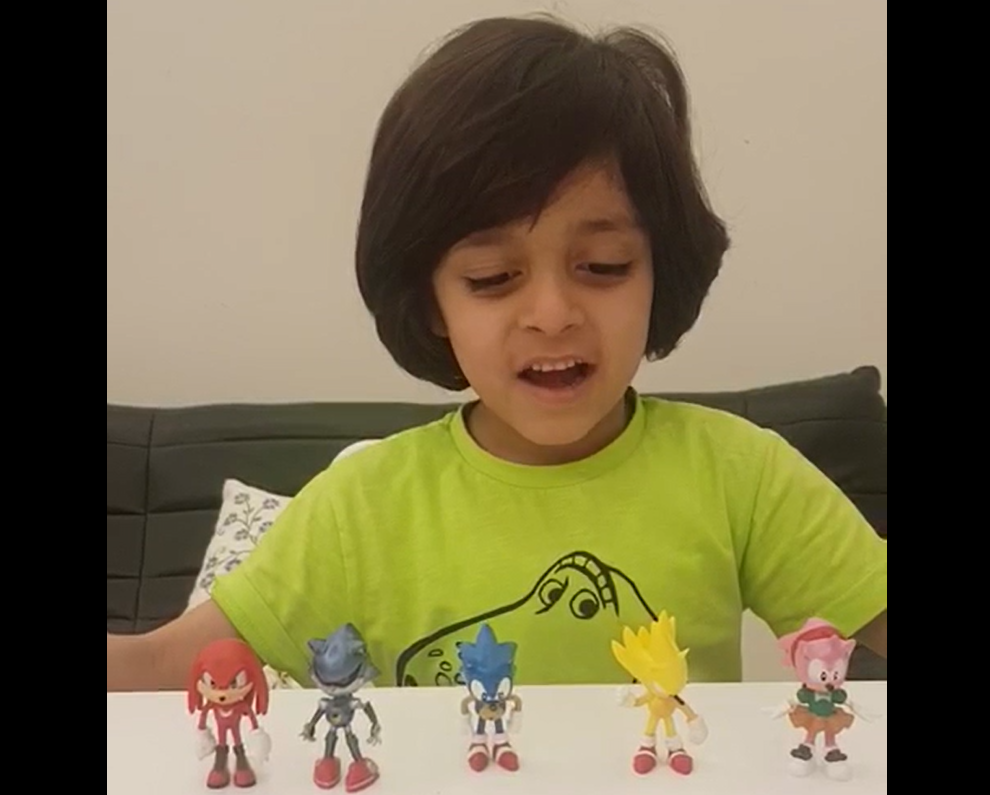Numbers are a fundamental aspect of daily life; it is essential in most living areas and is also a part of human history. People use mathematical knowledge and competencies to make sense of the world around them.
Helping Kids Understand Counting and Numeracy
Educating kids to count involves more than just helping them discover numbers. It comprises assisting kids in understanding the basics, the concept, and the meaning of numbers. It involves asking questions about where they find numbers and patterns in their world and making connections to those numbers. Children learn the importance of numbers when they formatively ready. Grasping abilities increases when the methods used to teach is creative and fun. As children gain fun experiences while counting, they will be more excited about learning numbers. Understanding the importance of numbers takes experience with counting lots of things, and you can help by giving your child this experience regularly.
Number learning activities for kids
- Subitizing and Counting: Subitizing refers to an immediate understanding of how many items lie within a visual scene. Subitizing and counting activity is usually used to have a fast and definite judgment with just a glance and not counting to classify the number of items in a group. By using different props, fun drawings, colors can make the entire learning process enjoyable and motivating.
- DIY Number Puzzles: Number activities can be easily integrated into a classroom environment. Assigning different student numbers to design with their creativity is a different approach to get students interested. Creating own numbers is easy to make and can be effortlessly adapted to suit the child’s abilities and needs. DIY Number Puzzles is a number learning activity; it’s also a hands-on and engaging activity that promotes counting, number recognition, and the value of ‘how many’ each number is.
- Apple Play Dough activity: Apple Tree Play Dough Math is an activity designed to encourage necessary math skills at an early stage. There are many ways to modify this activity for different age groups and increase skills in areas of counting.
- Number Stamps: Increasing kids’ participation in painting allows them to learn more about the numbers; it is also another exciting process of learning to keep them engaged. Kids are collectively involved in making many wallcharts and memory game cards using images. Wall charts are excellent for adding to the environmental print in their playroom.
What are the benefits of Number Activities?
- It enhances fine skill development
- It aligns hand-eye and control, coordination and concentration
- Increases the understanding of mathematics like the value of numbers, more than, less than, and how many.
- It facilitates language development, counting, or loud enunciation and pronunciation of numbers.
- Increases mathematical knowledge and interest like recognizing numbers and their name.
- How to sort by numbers and colors.
- Problem-solving with different puzzle pieces.
- Spatial awareness – experimenting with shapes, spaces, and colors.
Learning about Measurement: Allowing kids to measure things can help them understand how and why people measure things. Basic examples like how tall are you? Will the chair fit here in this space? How tall was this tree? Simple questions can be asked to increase awareness about measurement in kids.
Learning about Sorting and Patterns: Giving kids to think more about patterns and how to sort is fun and engaging. This is a fun and essential skill in learning math. Things like leaves, sticks, stones, and anything you can find outside can be used to understand the pattern and sort more engagingly.
Learning about Shapes and Space: Take time to notice shapes; it is everywhere. Kids learn best about sizes and shapes when they are playing. Hexagon or any other type of block can be used as toys to teach spatial relationships.


